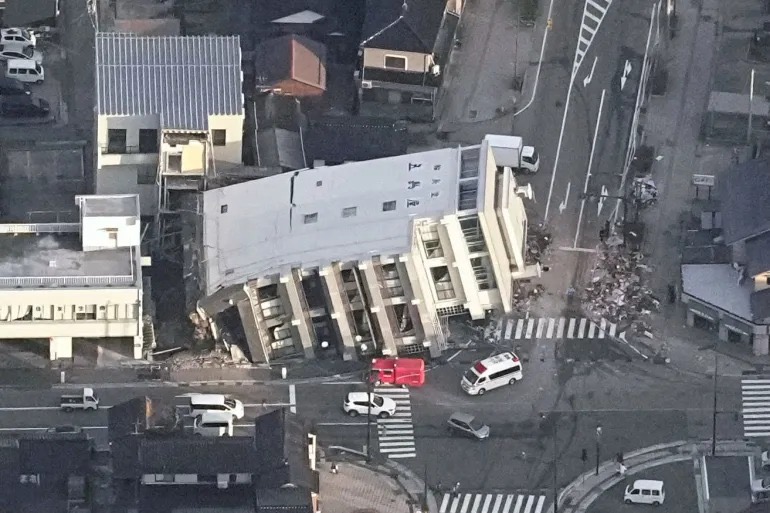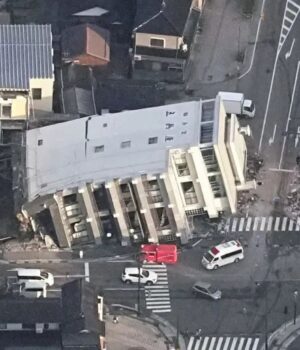In the aftermath of a powerful magnitude 7.6 earthquake that rocked the central coast of Japan on New Year’s Day, the nation has lifted tsunami warnings. However, Prime Minister Fumio Kishida issued a cautionary statement, highlighting the “widespread” damage inflicted by the quake and anticipating a potential increase in casualties.

The seismic event, which occurred on Monday afternoon in proximity to the Noto Peninsula within Ishikawa prefecture, has resulted in a reported death toll of at least 30 individuals. This catastrophe marks the first instance of Japan issuing a major tsunami warning since the devastating March 2011 earthquake and tsunami, which left approximately 18,500 people declared dead or missing in the northeastern part of the country.
As rescue and relief efforts intensify, the Japanese government is grappling with the aftermath of the disaster, emphasizing the need for a swift and coordinated response to address the extensive impact on affected regions. The scale of the destruction is prompting concerns about the potential for a rise in casualties, as emergency services work tirelessly to assess the full extent of the damage.
Prime Minister Kishida urged citizens to remain vigilant and adhere to safety protocols, emphasizing the importance of preparedness in the face of such natural disasters. The nation is mobilizing resources to provide assistance to those affected, as communities grapple with the immediate aftermath of this seismic event.
The recent quake serves as a stark reminder of Japan’s vulnerability to seismic activities, underscoring the ongoing challenges the country faces in mitigating the impact of earthquakes and tsunamis. As the situation unfolds, authorities are closely monitoring developments and implementing measures to safeguard the well-being of the population and minimize further loss of life.










